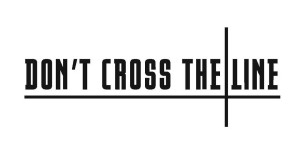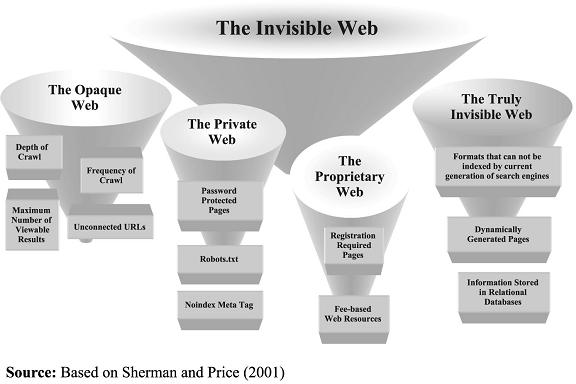Wonders of technology never seem to cease. Google has been working on its Project Glass since a year now and has launched a Project Glass website and a Google+ page to share the progress of the project.
Google glasses are no ordinary glasses. They are embedded with smartphone parts, processors , batteries, camera and a glass display.Google has been working on its functionality and also focusing on the aesthetics and making them wearable too.
| Glass (Photo credit: Max Braun) |
Google co-founder Sergey Brin said in an interview last year that, “Beauty, style and comfort are as important to Glass as the latest technology.”
Google also has launched a contest on http://www.google.com/glass/start/how-to-get-one/ and asked What would you do if you had Glass? Answer with #ifihadglass.
The deadline for applications is February 27th. If you are chosen, Google will reach out to you with an invitation to become a Glass Explorer (please remember to follow us so that we can contact you directly). Explorers will each need to pre-order a Glass Explorer Edition for $1500 plus tax and attend a special pick-up experience, in person, in New York, San Francisco or Los Angeles.
The terms and conditions for participating in the contest are as follows:
· Your application must be 50 words or less
· You must include #ifihadglass in your application
· You can include up to 5 photos with your application
· You can include a short video (15 secs max)
· Be sure to follow on Google+ (+ProjectGlass) or Twitter (@projectglass) so that Google can contact you directly
· You must be at least 18 years old and live in the U.S. to apply
· For more details, please see full Terms and FAQ
It seems to be a very promising product and I am sure it won't take long for children in future to question their parents that how was it ever possible for people to go out without their Google glasses...
For more information view the following videos:


















